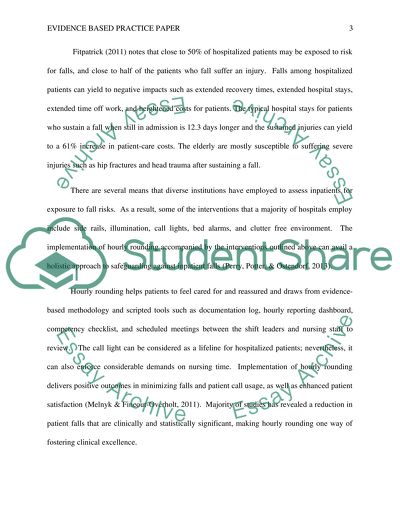Cite this document
(“Evidence Based Practice Paper: Patient fall Reduction Program Research Paper”, n.d.)
Retrieved de https://studentshare.org/nursing/1481703-evidence-based-practice-paper
Retrieved de https://studentshare.org/nursing/1481703-evidence-based-practice-paper
(Evidence Based Practice Paper: Patient Fall Reduction Program Research Paper)
https://studentshare.org/nursing/1481703-evidence-based-practice-paper.
https://studentshare.org/nursing/1481703-evidence-based-practice-paper.
“Evidence Based Practice Paper: Patient Fall Reduction Program Research Paper”, n.d. https://studentshare.org/nursing/1481703-evidence-based-practice-paper.


